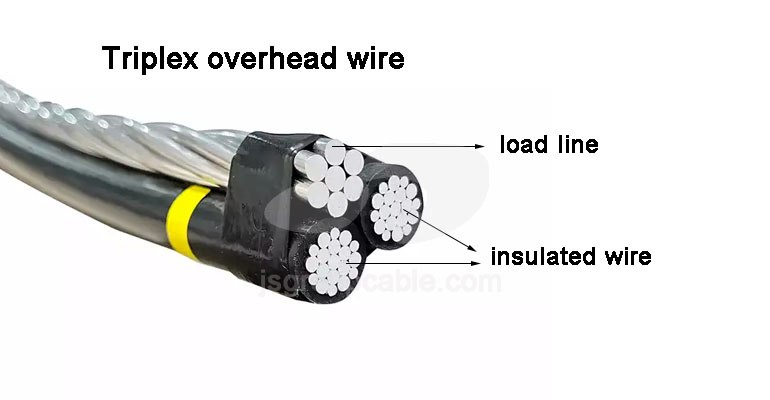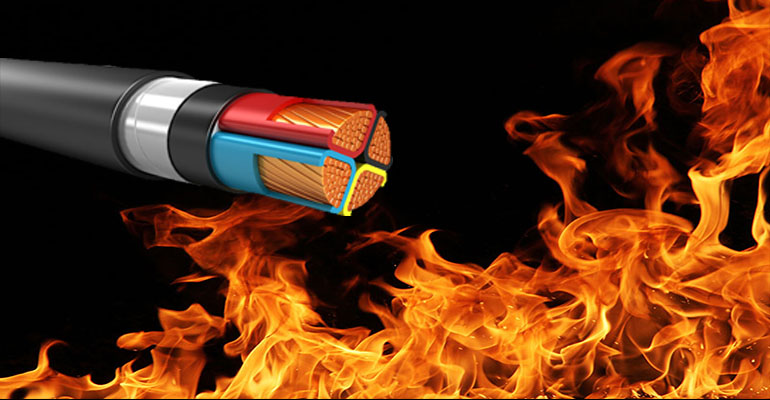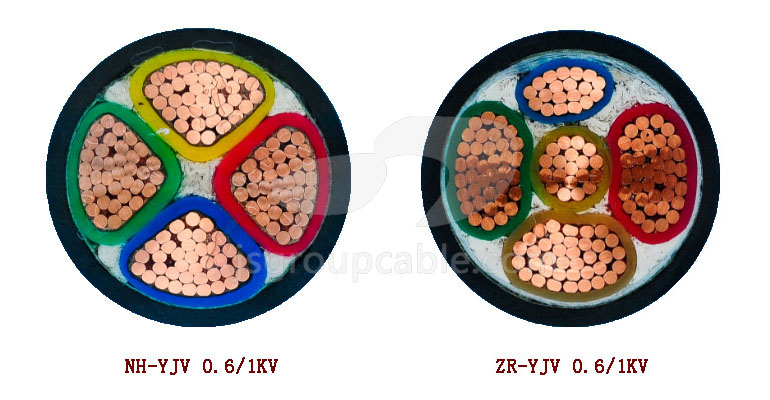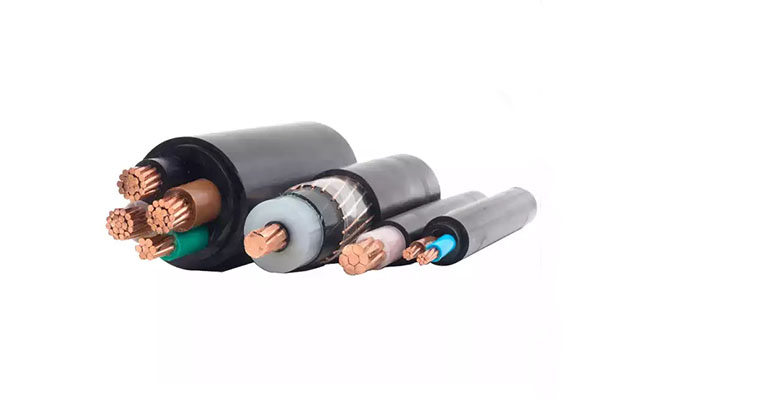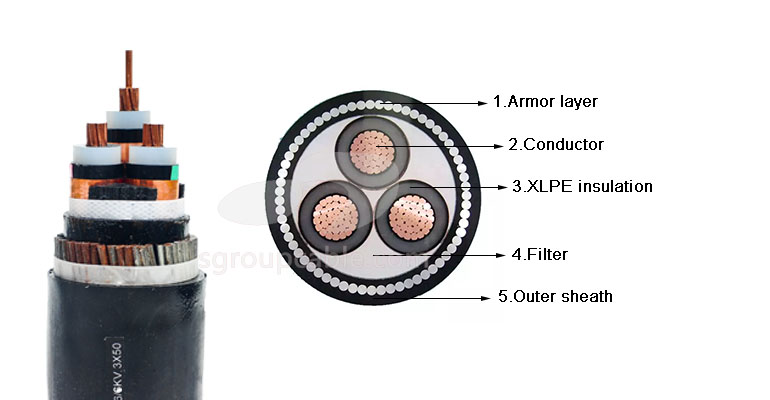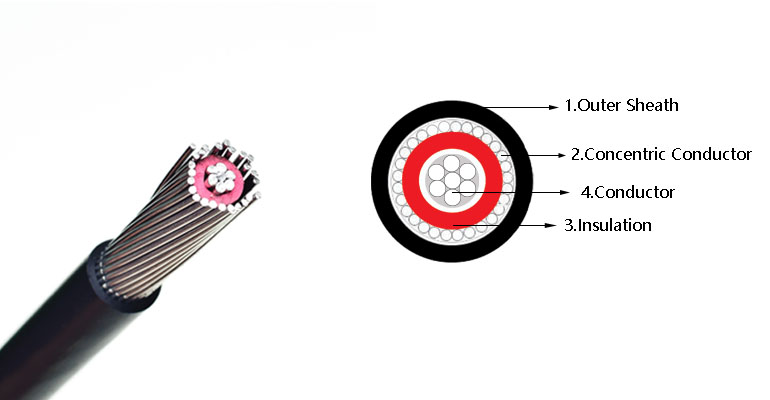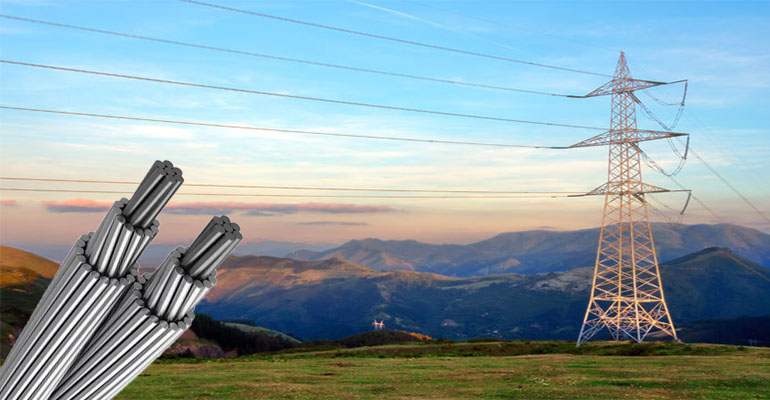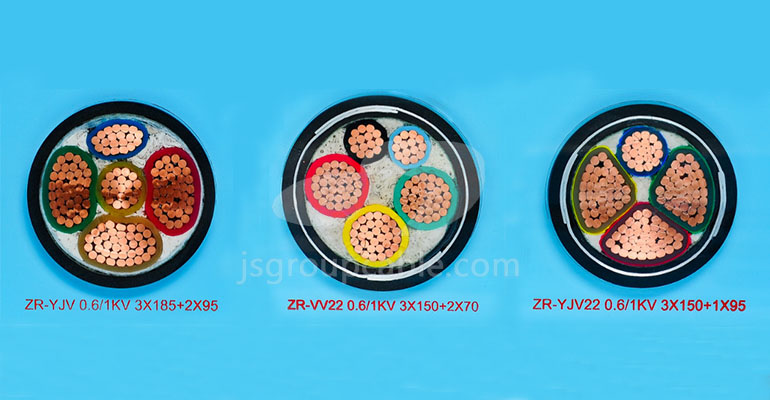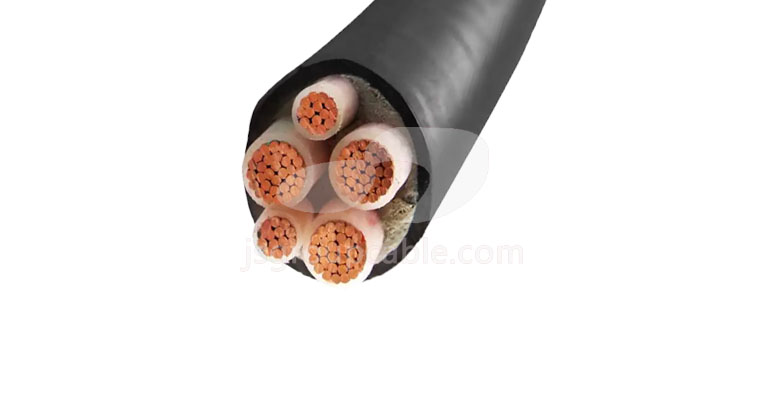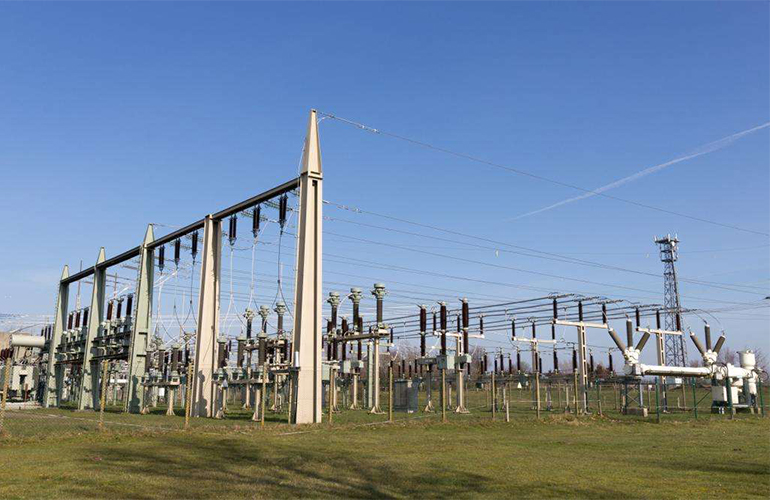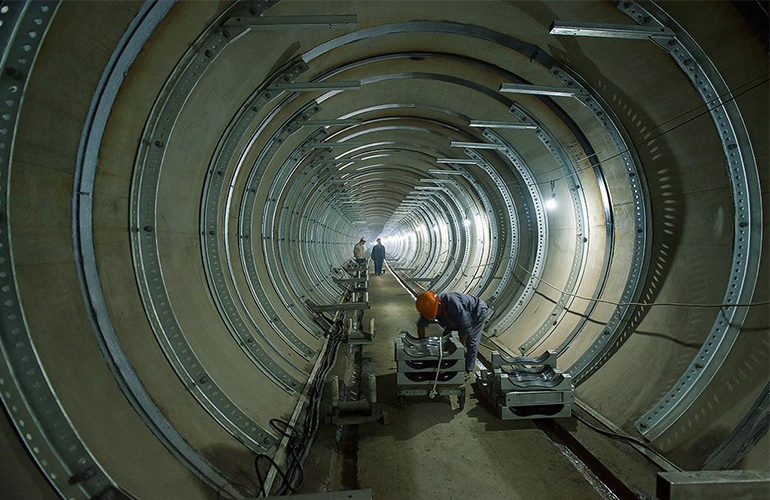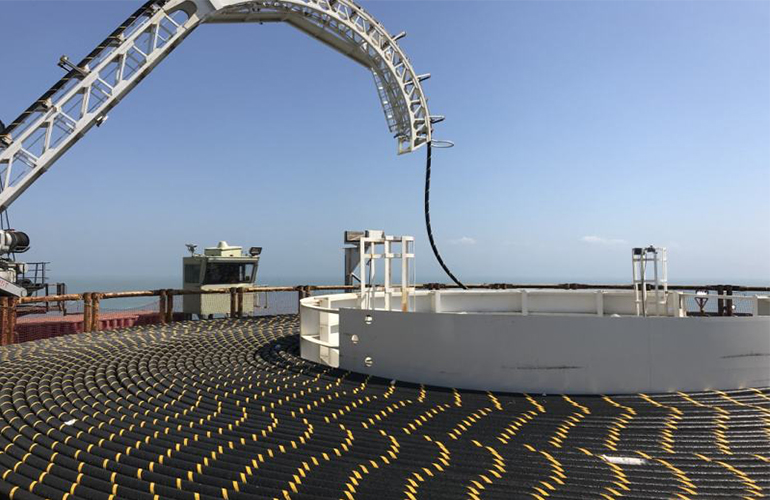- Offices Time:24 Hours Online
- Email:[email protected]
- WhatsApp:+8618339938759
News
Posted on:December 8, 2022
What are the classification and advantages of overhead bundled cables?
The empty bundled cable is not to hang ordinary insulated cables or cross-linked insulated cables directly on the overhead tower, but to use a special cable similar to the production process of cross-linked cables. The most common overhead cables are generally single-core.
Read MorePosted on:December 7, 2022
How to choose fire-resistant cables correctly?
Fire-resistant cable refers to the performance that the sample is burned in the flame under the specified test conditions and can still maintain normal operation for a certain period of time. Its fundamental characteristic is that the cable can still maintain the normal operation of the line for a period of time in the event of a fire.
Read MorePosted on:December 6, 2022
How to choose low-voltage power cables?
In the AC system, the phase-to-phase rated voltage of the conductors of the power cables must not be lower than the working line voltage of the circuit used. Low-voltage power cables should be insulated with XLPE or PVC extruded insulation.
Read MorePosted on:December 5, 2022
How to lay low-voltage power cables?
Low-voltage power cables not only have excellent electrical properties, mechanical properties, heat aging resistance, environmental stress resistance and chemical corrosion resistance, but also have a simple structure, easy to use, not limited by the laying drop, high long-term working temperature, and high transmission capacity. Great advantages.
Read MorePosted on:December 2, 2022
What are the precautions for using high voltage cables?
High-voltage cables are mainly used in traditional interconnection communications. Common cables are composed of copper wire conductors isolated by insulating materials. The entire cable is covered by a sheath of polyvinyl chloride material, so it has good insulation performance.
Read MorePosted on:December 1, 2022
The structure and application of concentric cable
Concentric cables are mainly used in industry and distribution boards, power stations, house connection boxes and street lights for control pulse and test data transmission and control cables.
Read MorePosted on:November 30, 2022
How to choose the bare conductor correctly?
Bare conductors are mainly used in electric power, transportation, telecommunication engineering, motors, transformers, and electrical appliances. According to product structure and use, they are divided into four series: single wire, bare stranded wire, soft wire, shaped wire and profile.
Read MorePosted on:November 24, 2022
What is the grade standard of flame retardant cables?
The combustion of wires and cables is due to the flammable gas generated by external heating. To make wires and cables flame retardant, three important factors that cause combustion must be controlled: flammable gas, heat and oxygen.
Read MorePosted on:November 23, 2022
Structure and main features of high temperature cables
High-temperature wires and cables are different from ordinary cables. High-temperature wires and cables have strong insulation. In some factories and laboratories with high requirements, high-temperature wires and cables can avoid short-circuit or circuit influence problems, so as to achieve better use results.
Read More

